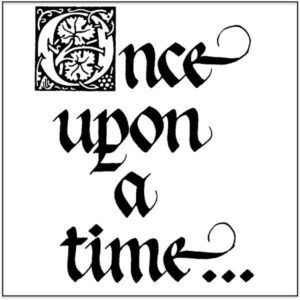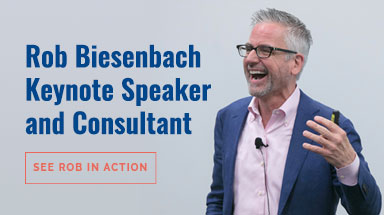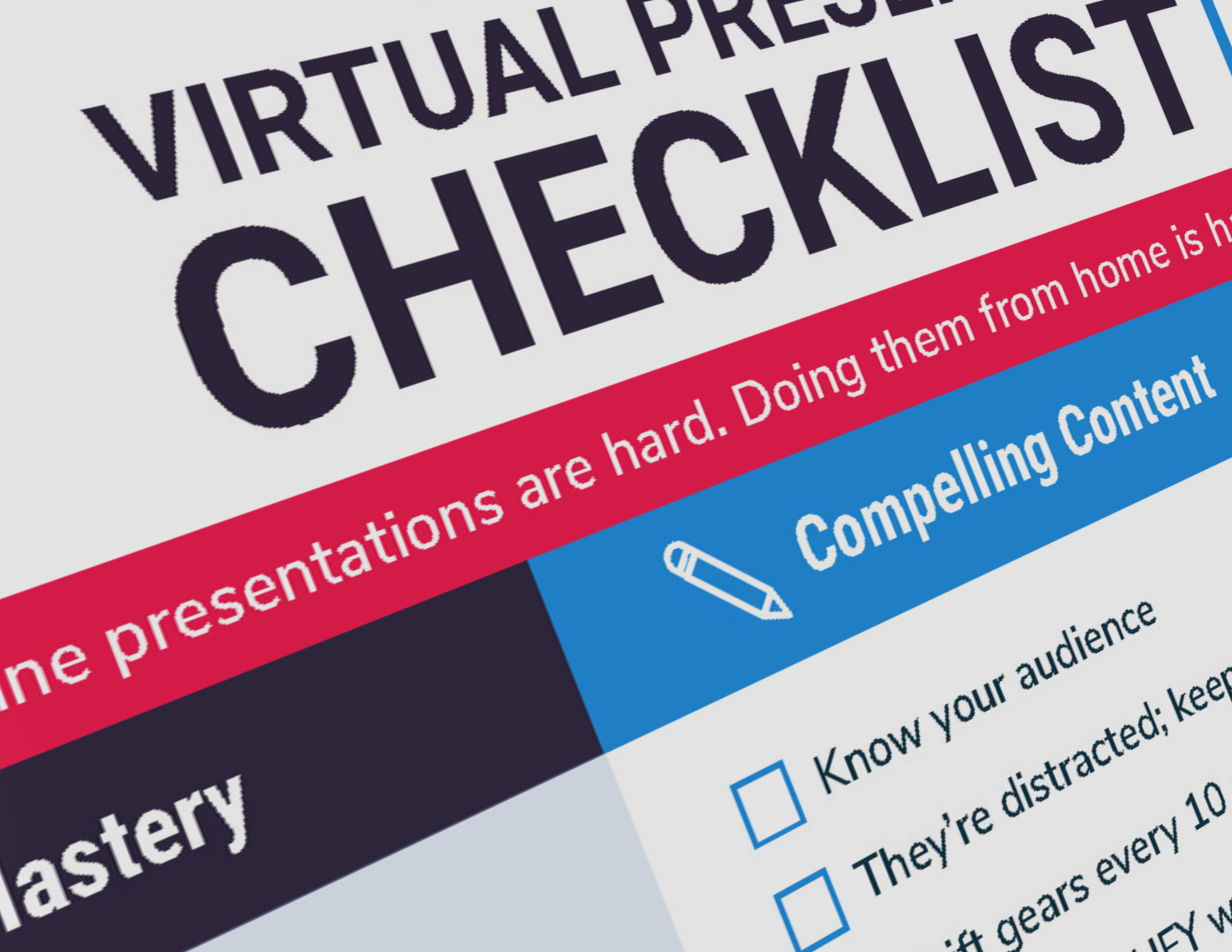
Worst of all, his talk was nothing but data — endless columns of it, packed onto dense, ugly slides. There was no narrative holding his points together and, in fact, no stories of any kind.
Stories are the centerpiece of any successful presentation. You should begin with story, end with story, and have stories in the middle.
Here’s how to use stories in a presentation. But first, let’s review why storytelling is so important to presenting.
Why Use Stories in a Presentation?
Multiple studies confirm that storytelling is the most powerful form of communication at our disposal:
- Researcher Paul Zak found that stories cause the brain to produce oxytocin, a chemical related to feelings of empathy and a desire to cooperate. Stories essentially soften up an audience, making them more amenable to you and your ideas.
- In a popular TED Talk, storyteller Nancy Duarte describes the many ways stories sweep us up and carry us away, not just intellectually and emotionally, but physically. Listening to a story is an experience, not just a passive exercise.
- And in the seminal book on persuasion Made to Stick, the authors did a study showing that after a presentation, 63 percent of audience members remembered the stories they heard, while just 5 percent could recall the statistics presented.
The bottom line: stories captivate us and stay with us in a way that ordinary information just doesn’t do.
1. Start Your Presentation With a Story
Far too many presenters squander that all-important first minute of their presentation. This is your chance to grab the audience’s attention and make them want to know more.
Here are common ways speakers kick off their presentations, and why they don’t work:
- Delivering a long list of thank yous. It’s boring when we see Oscar winners do it, and it’s boring when everyday speakers do it.
- Walking us through your credentials. Sorry, but a presentation is not about YOU, it’s about your audience and their needs.
- Outlining the agenda — the old “tell them what you’re going to tell them” approach. Nobody cares about what you have to say until you give them a reason to care.
How do you make them care? By telling a compelling story that brings to life a problem they should be concerned about. So think carefully about your audience’s needs, desires and fears, and tell a story that will resonate with them. Here’s quick primer on crafting an effective story.
2. Be Disciplined About Your Storytelling
Some of my clients are uncomfortable starting with a story right out of the gate. They feel they need to welcome the group, acknowledge VIPs in the audience, set expectations, etc.
But that just dilutes the power of your story. So save all that housekeeping business for later and jump right into your story.
It’s far more compelling when your first words are, “I never thought it would happen to me …” or “It was the scariest moment of my life …”
Presentation expert and Hall of Fame speaker Patricia Fripp offers 27 ways to open your speech with a bang. They make great story starters.
(Also, resist the urge to tee things up by saying, “Let me share a story …” or “I’m going to tell you a story about …” Just jump right in!)
3. Make It a Personal Story
Though it’s tempting to use stories about major figures like Winston Churchill or Steve Jobs, audiences have heard those stories thousands of time.
So don’t go “googling for stories.” And avoid timeworn tales like the “rocks in the jar” or the truck stuck under the bridge.
It’s much better to use stories that you yourself have actually experienced. In addition to being original, a personal story means you’re going to be more connected to it, making it far more likely that your audience will connect with you.
4. Be Sure Your Story is On Point
Don’t tell stories purely for entertainment’s sake. You’re not there to entertain; you’re there to inform and persuade — to change people’s minds and get them to take action.
So make sure your story is on-message. If your talk is about teamwork, make your opening story about teamwork. Don’t waste an opportunity to reinforce your main point.
5. Include Stories in the Middle (But Not Too Many!)
To sustain attention, you should weave stories throughout your presentation.
How many stories should you use? There is no magic formula. Much of it depends on the length of your speech and the length of your stories.
Let’s say you have five parts to your presentation: intro, conclusion and three sections in the main body. That might call for five stories. Might. It all depends. Five 2-minute stories in a 15-minute talk is probably too many.
Which brings up the issue of story overload. I had a client whose presentation was almost entirely stories. After a while it felt like his stories were a cover for a lack of substance. I kept thinking, “Where’s the beef?”
So be sure your stories are accompanied by evidence, data, examples and your own assertions.
6. Return to Story
Just as you should open with a story, you should close with a story. In fact, one of the most effective techniques is to return to an earlier story by adding a postscript, revealing a surprising twist or telling it from another character’s point of view.
It’s like the callback that standup comics use. The ring of the familiar triggers an “aha” moment and brings the audience full circle on the journey they’ve taken together.
For instance, in the story I told about the worst presentation I ever saw, what if I told you that speaker was a professional marketer? Someone whose whole business is premised on reading an audience and delivering on their needs with stories that sell.
On that day, he utterly failed. Which is an important lesson. Even professional communicators sometimes neglect the fundamental principles of persuasion — and that includes storytelling.
[This post originally ran in Communication World Magazine]




